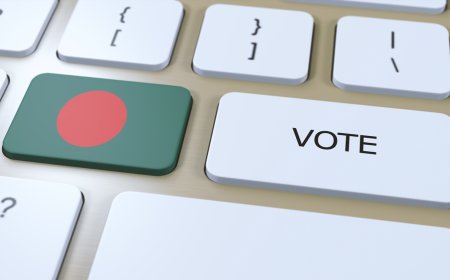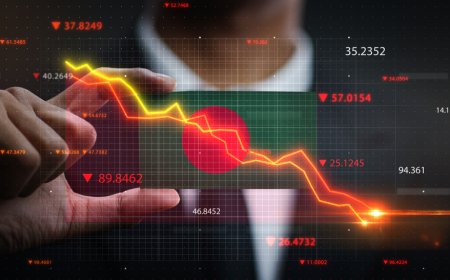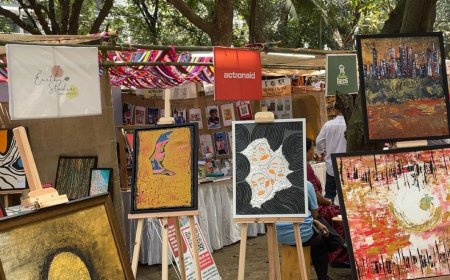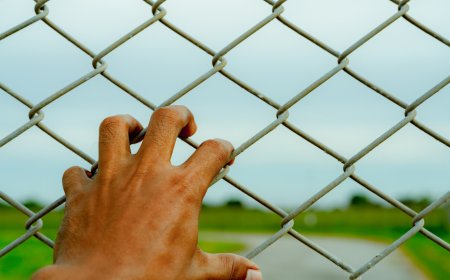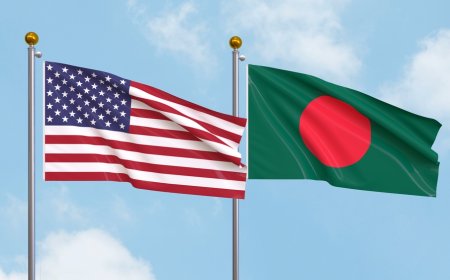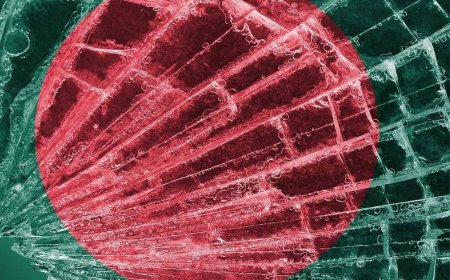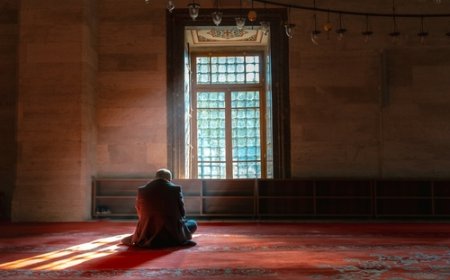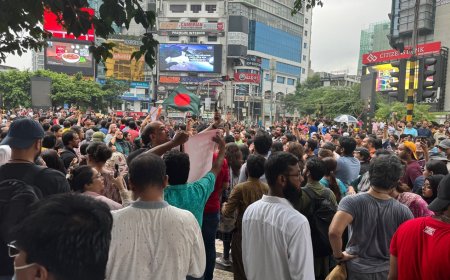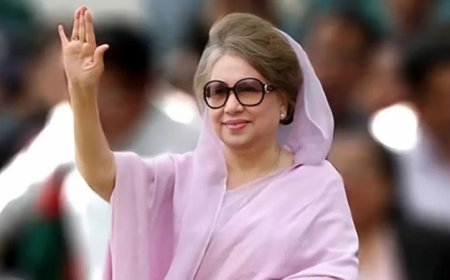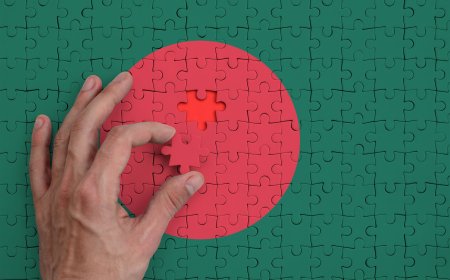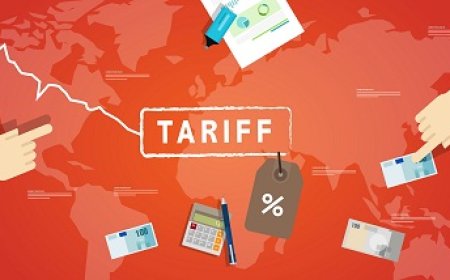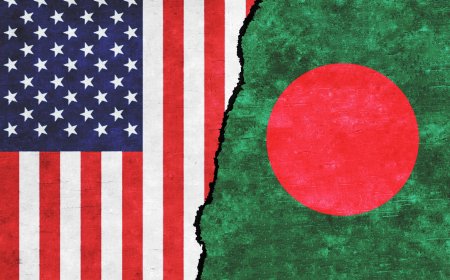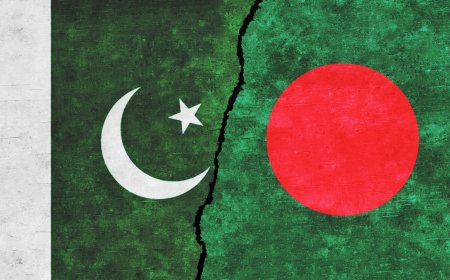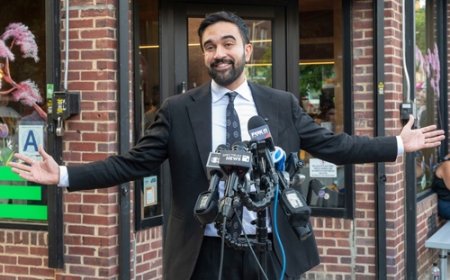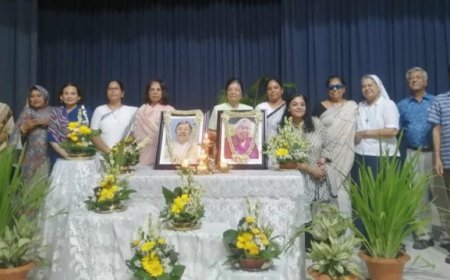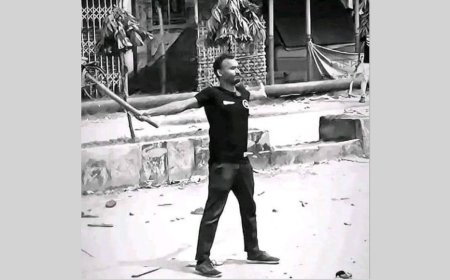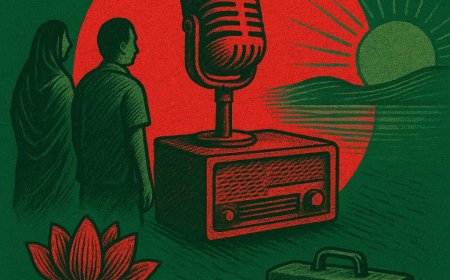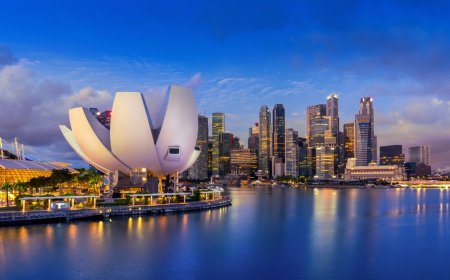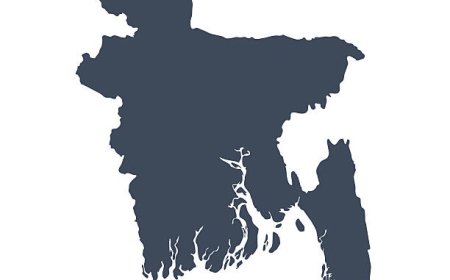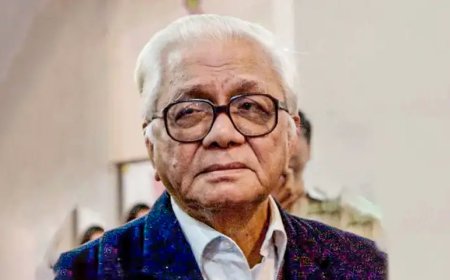The Storm That Changed Our Political Map
The Bhola cyclone is primarily described as a natural disaster. That is not wrong, but the description is incomplete. It was also a political event. It helped turn anger into a project, and a project into a nation.
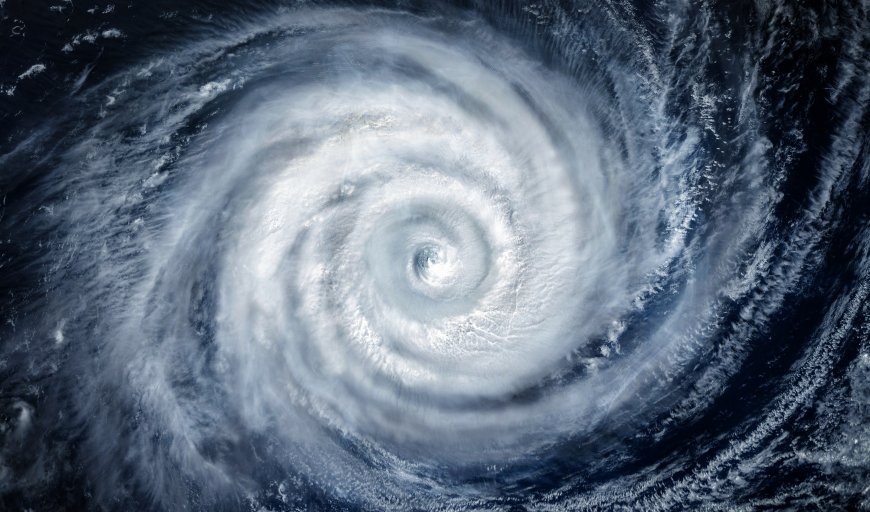
Why do some independence movements succeed while many others fade or are crushed? The birth of Bangladesh in 1971 is one of the rare cases in which a separatist movement not only gained mass support but also prevailed in open conflict against a powerful state.
Understanding why it succeeded is not only of historical interest. It also helps us think more broadly about when states lose legitimacy, and how moments of shock can turn anger into coordinated political action.
The Bhola cyclone, which struck the coast of East Pakistan in November 1970, is central to this story. It was one of the deadliest natural disasters ever recorded. Winds above 200 kilometers per hour and storm surges over ten meters high swept across the delta, swallowing low-lying islands such as Bhola, Hatia, and Manpura. Entire villages disappeared.
More than 350,000 people were killed, and millions lost their homes, boats, crops, and income in a single night.
But the cyclone mattered not only because of its human cost. It mattered because of what happened next, and what did not.
In any disaster, the state is judged on how it responds. In East Pakistan, the central government’s response was widely seen as indifferent and late. Relief flights from abroad arrived within days. Local accounts recall “hundreds of planes came in from all over the world.” By contrast, relief from West Pakistan, the seat of political and military power, was slow and in some places effectively absent in those first crucial days. Food, medicine, shelter, and fuel did not reach many of the hardest-hit coastal areas.
Reports at the time described relief supplies stuck in other parts of Pakistan far from the delta while survivors waited in salt water and mud. This absence carried political meaning.
It reinforced what many in East Pakistan already believed: that they were ruled by a government that extracted from them but did not protect them.
By 1970, economic and political grievances were already severe. East Pakistan generated much of the country’s export earnings, especially through jute, yet per capita income in the East lagged well behind the West. Key decisions were made in distant West Pakistani cities. Military command, high civil service ranks, and state investment were dominated by West Pakistanis. There had been agitation for autonomy for years. But a slow-burning grievance is not the same as a decisive break.
The cyclone made that grievance immediate, visible, and shared.
We can now see this turning point more clearly using newly recovered data. Archival satellite images from ITOS-1, a United States Department of Defense–funded satellite that was briefly operational in 1970, captured the storm system as it made landfall on November 12, 1970.
By applying modern atmospheric science research techniques to process those images, we were able to recover a credible measure of which districts and thanas of East Pakistan experienced the strongest winds and storm surges.
When we overlay maps of that cyclone intensity measure with detailed voting results for all 162 electoral constituencies in the December 1970 elections, and a map of the birthplaces of more than 200,000 freedom fighters who took up arms in 1971 extracted from the official register maintained by the Ministry of Liberation War Affairs, a striking pattern emerges.
First, the areas that were hit hardest by the cyclone, and especially the subset that received little or no effective relief from the state, were also the areas that delivered the strongest electoral support for the Awami League in the December 1970 election. That election, held barely four weeks after the storm, was Pakistan’s first real national vote in more than fifteen years.
The Awami League, led by Sheikh Mujibur Rahman, ran on a platform of autonomy for East Pakistan: control over its own revenues, security, and political decisions. In the aftermath of the cyclone, the party suspended normal campaigning and instead organized local relief, sending boats with food and medicine to flooded communities.
For many voters, the contrast could not have been clearer. On one side was a distant central government whose leaders were largely absent in the aftermath of mass death. On the other, a local movement that delivered relief in inundated villages. When people voted in December 1970, they were not only choosing among policy platforms. They were deciding whom they trusted to act in a crisis.
Our statistical analysis documents that constituencies with higher measured storm exposure gave significantly, more support to the Awami League. In East Pakistan, the party went on to win 160 of 162 contested seats, which, in principle, gave it a majority in Pakistan’s National Assembly, and therefore the right to form the next government.
Second, when that democratic path was blocked, those same cyclone-affected areas again played an outsized role, this time in armed resistance. When the military regime in West Pakistan refused to transfer power after the Awami League’s victory, tension escalated and the army launched a violent crackdown in East Pakistan on March 25, 1971.
Many brave young Bengalis joined the guerrilla resistance and fought against the powerful army over the next 9 months. The Ministry of Liberation War Affairs in Dhaka maintains a verified list of those individuals. Mapping the birthplaces of those fighters shows that they were disproportionately drawn from the upazilas and thanas that had experienced the most intense cyclone damage and the weakest relief.
The areas that felt abandonment most intensely in the aftermath of the November 1970 cyclone became the most significant suppliers of volunteers willing to risk their lives in 1971 in pursuit of independence.
These statistical links from cyclone exposure to voting, and from voting to armed struggle, speak to a broader question in the study of political revolutions: why do only a few separatist movements ultimately succeed in creating a new state? Many attempts at secession in the twentieth century, such as Biafra in Nigeria or Tamil Eelam in Sri Lanka, mobilized anger and fought with great sacrifice yet did not achieve independence.
The difference is often not whether there was a sense of injustice. It is whether anger could be coordinated at scale, in a way that was both morally legible and strategically unified. The Bhola cyclone appears to have served as that kind of focal point. It transformed a general sense of unfairness into a widely shared conviction that the existing political arrangement was intolerable.
It did so very quickly, at a moment when that conviction could be expressed at the ballot box. And when that electoral mandate was denied, the same shared conviction supported the decision to fight. To be clear, Bengalis’ desire for autonomy was already so intense since the 1960s, and the Awami League’s victory in East Pakistan in 1970 was so overwhelming, that it probably would have handily won the elections anyway even in the absence of the cyclone.
Our statistical model predicts that the cyclone moved the Awami League’s vote share in the East Pakistan electoral constituencies from 74% to 78%. So the cyclone was likely not pivotal for voting outcomes. But the same statistical model predicts that the cyclone increased the number of “freedom fighters” who joined the insurgency by 21% -- about 265 additional insurgents per electoral district. Their bravery and sacrifice may have prolonged the guerrilla warfare sufficiently to make a critical difference until India joined the war effort in early December 1971, bringing the war to a decisive end.
The mechanism connecting the cyclone to a political revolution that we highlight -- a shock that exposes state neglect -- is not unique to Bangladesh. Historians have drawn similar lines elsewhere.
The Shah of Iran’s inability to respond adequately to the 1978 Tabas earthquake helped erode his remaining legitimacy ahead of the 1979 revolution.
The 1976 Tangshan earthquake in China is often seen as one of the events that destabilized existing leadership and accelerated the eventual shift in power.
In colonial Bengal, the famine of 1943, intensified by policy failure, deepened anti-colonial feeling and helped consolidate a demand for self-rule.
In each case, a disaster did more than kill. It forced people to confront a hard question: if the state cannot or will not protect us when we are most vulnerable, what claim does it still have on us?
The Bhola cyclone is primarily described as a natural disaster. That is not wrong, but the description is incomplete. It was also a political event. It made visible a government’s priorities, and it gave people in East Pakistan a shared language for what they were no longer willing to accept. The grievances were already there. What the cyclone did was synchronize them. It helped turn anger into a project, and a project into a nation.
Ahmed Mushfiq Mobarak is the Jerome Kasoff ’54 Professor of Management and Economics at Yale University with concurrent appointments in the School of Management and in the Department of Economics.
Dr. Sultan Mehmood is an Assistant Professor of Economics (tenure-track) at the New Economic School in Moscow, where he joined in January 2021.
To read the full study, please click here: https://tinyurl.com/1970cyclone
What's Your Reaction?















